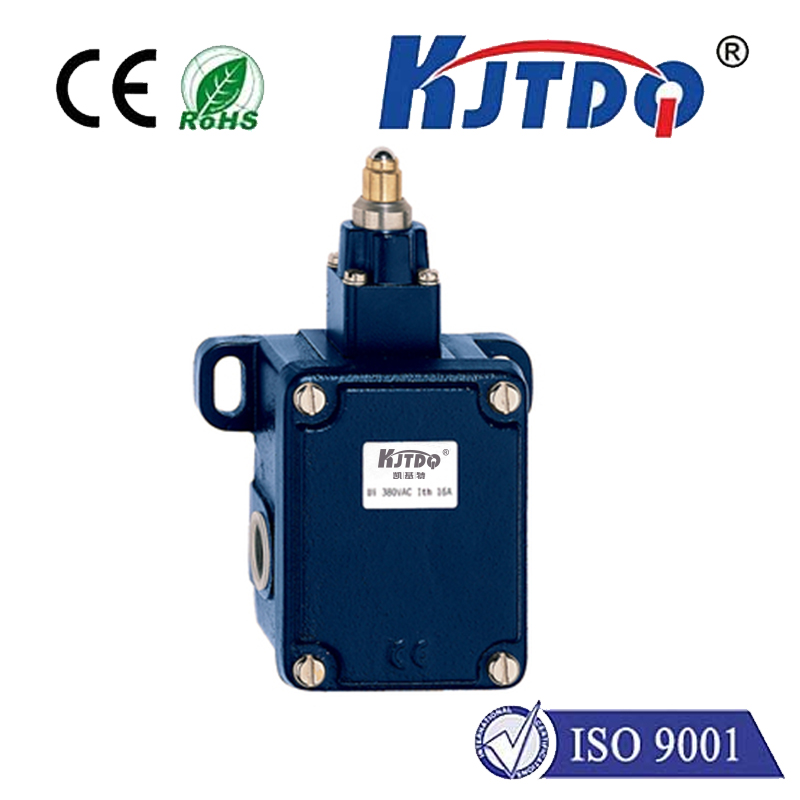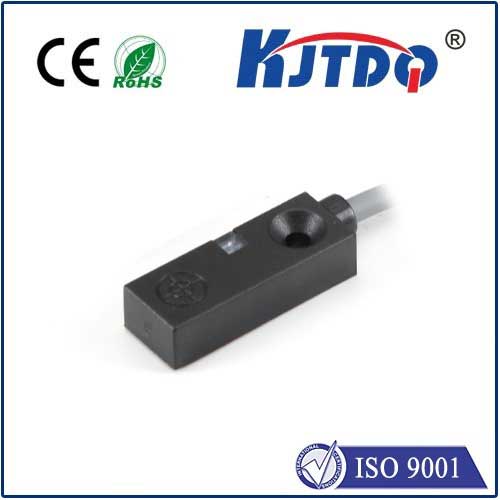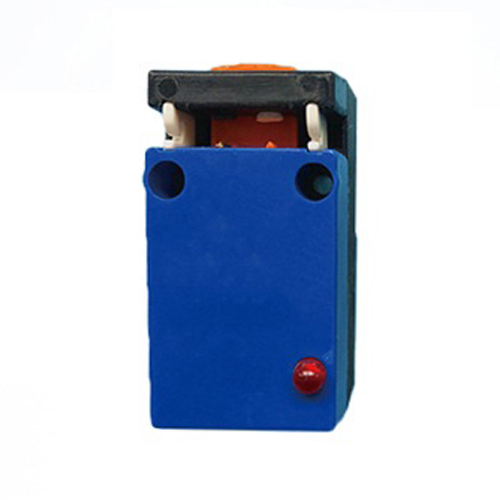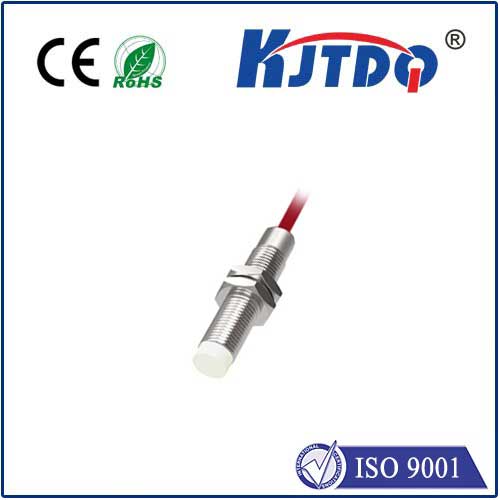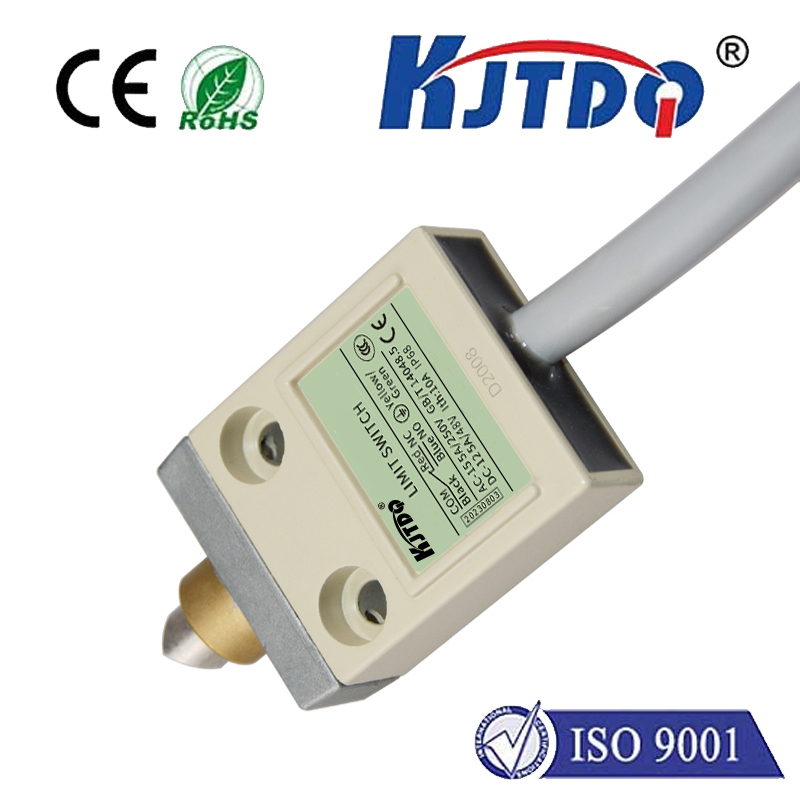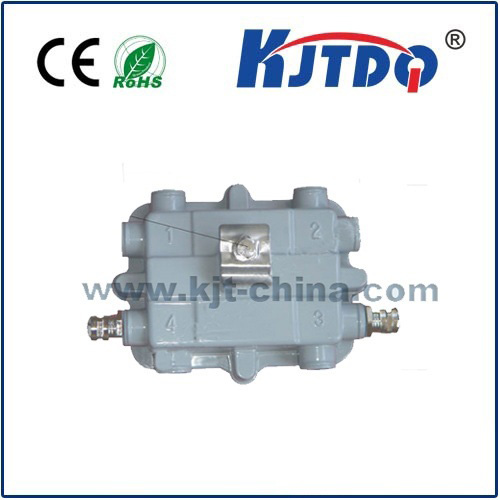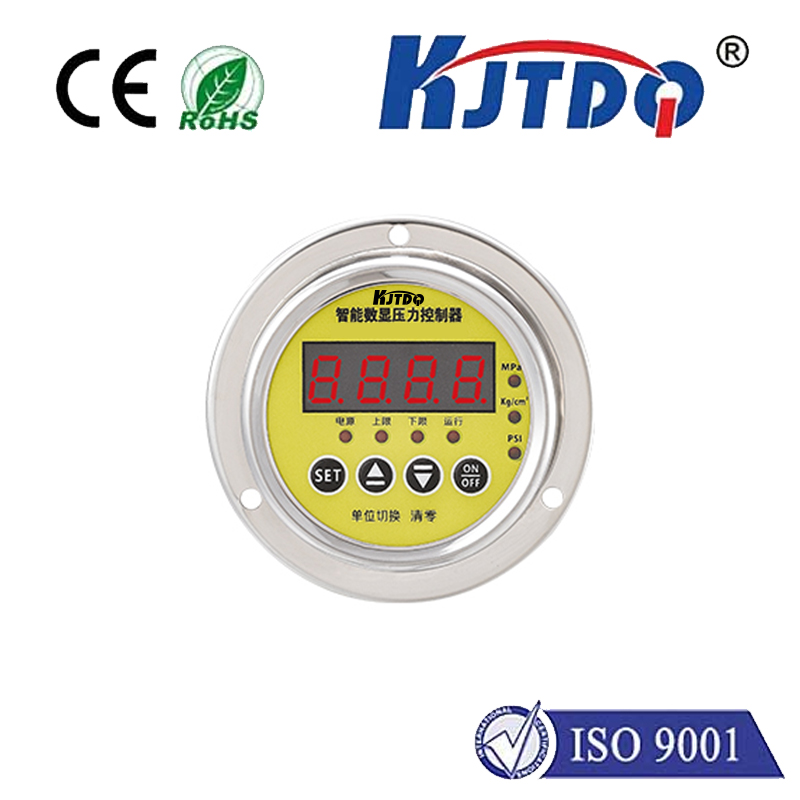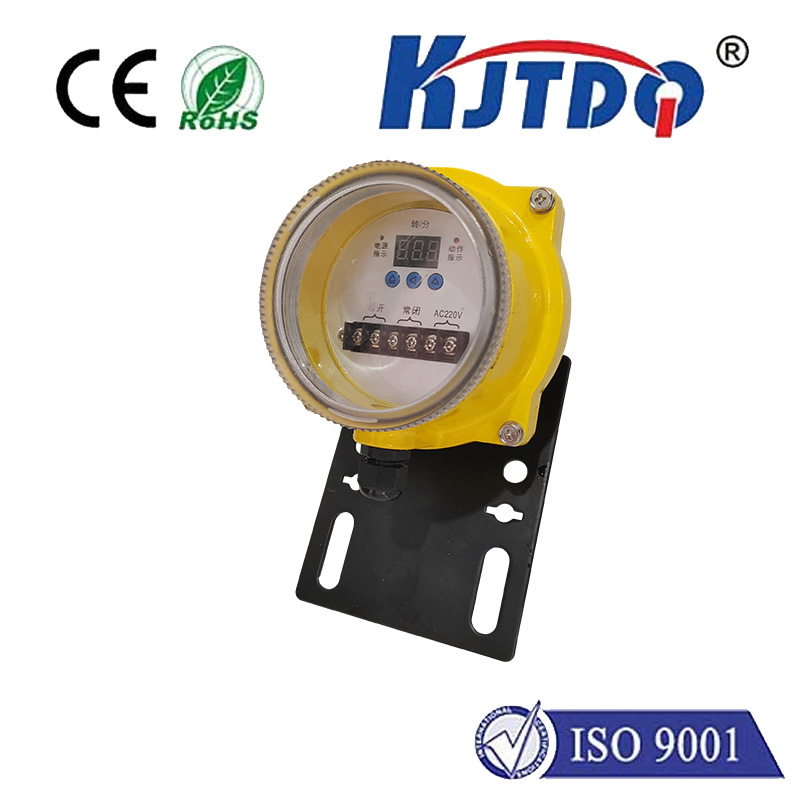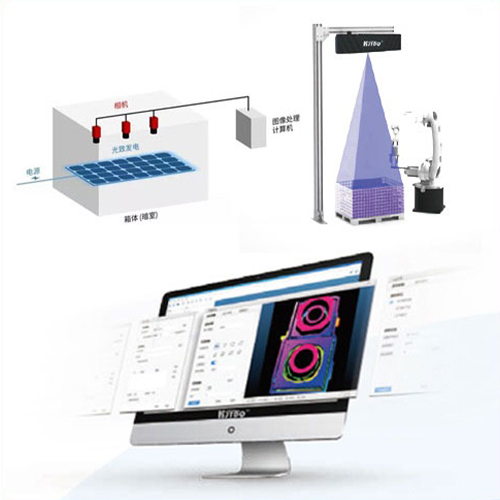Unlocking the Potential of LiDAR: How 50 Meters Makes a Difference In the rapidly evolving world of technology, LiDAR (Light Detection and Ranging) has emerged as a game-changer across industries. Whether it’s autonomous vehicles, environmental mapping, or urban planning, LiDAR’s ability to create precise 3D models of the environment is unparalleled. But what happens when we focus on a specific range, like 50 meters? This seemingly modest distance holds immense significance, offering a sweet spot for many applications. Let’s dive into why LiDAR at 50 meters is a critical benchmark and how it’s shaping the future.
LiDAR is a remote sensing technology that uses laser pulses to measure distances and create detailed 3D maps of objects and environments. It works by emitting laser beams and measuring the time it takes for the light to bounce back after hitting an object. This data is then used to generate precise spatial representations. The 50-meter range is particularly noteworthy because it strikes a balance between short-range precision and long-range capability. For many applications, 50 meters is the ideal distance to capture detailed data without overwhelming the system with excessive information. This range is especially relevant in scenarios like autonomous driving, robotics, and industrial automation, where accuracy and efficiency are paramount.
In the world of self-driving cars, LiDAR plays a crucial role in detecting obstacles, pedestrians, and other vehicles. A 50-meter range is often sufficient for navigating urban environments, where speed limits are lower, and reaction times need to be quick. At this distance, LiDAR can provide real-time data to help vehicles make split-second decisions, ensuring safety and reliability.

Robots and drones rely on LiDAR for navigation and obstacle avoidance. In warehouses or indoor environments, a 50-meter range is more than enough to map surroundings and avoid collisions. For drones, this range is ideal for tasks like inspection, surveillance, and agricultural monitoring, where precision is key.
In manufacturing and logistics, LiDAR is used to automate processes and improve efficiency. For example, automated guided vehicles (AGVs) use LiDAR to navigate factory floors. A 50-meter range ensures these vehicles can detect obstacles and adjust their paths in real time, minimizing downtime and enhancing productivity.
LiDAR is also used in environmental studies to map terrain, monitor vegetation, and assess flood risks. At 50 meters, LiDAR can capture detailed data about smaller areas, such as forests or urban parks, providing valuable insights for conservation and planning efforts.
One of the key advantages of LiDAR at 50 meters is its ability to balance data density and coverage. At shorter ranges, LiDAR can capture highly detailed data, but the coverage area is limited. At longer ranges, the data becomes less precise. The 50-meter range offers a compromise, providing sufficient detail while covering a meaningful area.
LiDAR systems designed for shorter ranges are often more affordable than those built for long-range applications. By focusing on the 50-meter range, businesses can achieve high performance without breaking the bank. This makes LiDAR technology more accessible to smaller companies and startups.
Operating at a 50-meter range also reduces the energy consumption of LiDAR systems. Since the laser doesn’t need to travel as far, the device can operate more efficiently, extending battery life in portable applications like drones and robots.
While LiDAR at 50 meters offers numerous benefits, it’s not without challenges. For instance, environmental factors like fog, rain, or dust can affect the accuracy of LiDAR measurements. Additionally, the cost of high-resolution LiDAR systems can still be prohibitive for some applications. However, advancements in machine learning and sensor technology are addressing these issues. For example, AI algorithms can now filter out noise and improve the accuracy of LiDAR data in adverse conditions. Meanwhile, the development of solid-state LiDAR is reducing costs and making the technology more compact and versatile. As LiDAR continues to evolve, the 50-meter range will remain a critical benchmark for many applications. Whether it’s enabling safer autonomous vehicles, smarter robots, or more efficient industrial processes, LiDAR at 50 meters is proving to be a powerful tool in our technological arsenal. By understanding the significance of this range, businesses and researchers can unlock new possibilities and drive innovation in their respective fields. The future of LiDAR is bright, and 50 meters is just the beginning.
